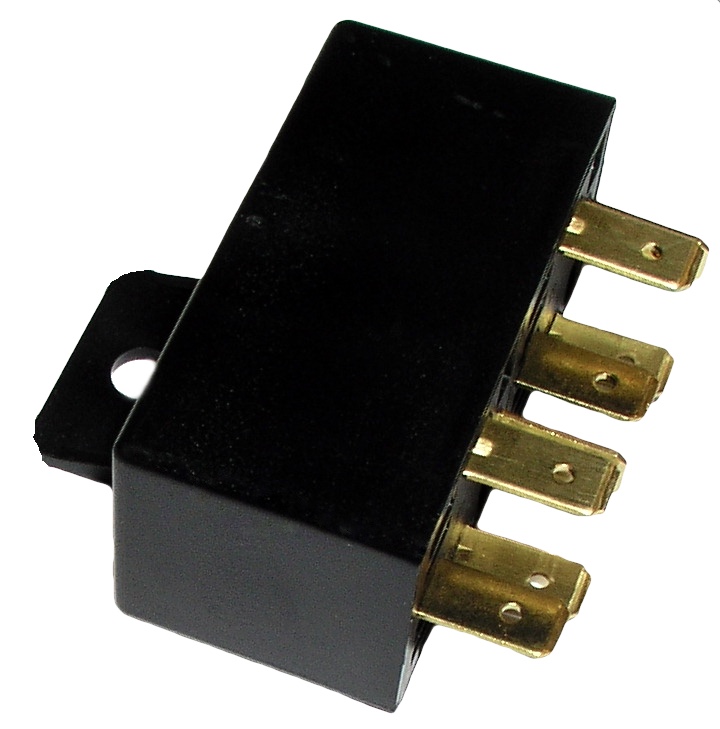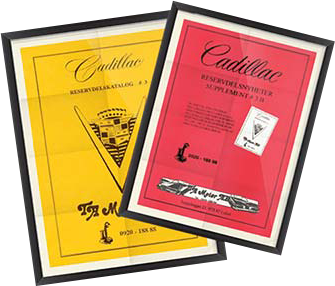Description
This auxiliary relay has a function for the high beam and a function for the dipped beam. The double relay of 2 x 40 amps is adapted to withstand the current consumption of your headlights. When the car gets older, of course the electrical system also ages, what happens then is that the resistance in cables, connectors and joints increases, the consequence being that you get a voltage drop in the electrical system. You notice it above all in large electricity consumers such as headlights forward. The power to the lights has a long way to go, first from the battery into the coupe, the light switch, the light deflector and then back out into the engine compartment and on to the headlights. If you have a 50-60 year old car, you may still have 60-70% of the light on the headlights. It doesn't matter because you only drive in the summer when it's light, you might say. But the problem is that the more voltage drop you get, the more load you get on the light switch, which is the weak link in this case. An overloaded light switch (the one you turn the light on and off with) will become a blown light switch over time. You can if you want to check this if you turn on the high beam and leave it on for 10-15 minutes then you try to reach the light contact under the dashboard with your hand (Don't burn yourself on the contact) if the contact is hot then you have an overloaded light contact . Mount the auxiliary relay near the radiator beam and the headlights, you can make a very nice installation and hide both the relay and the new cables so that it is not visible if you want. After the relay installation, you have a cold light contact that sends power to the relay, which only needs very little control current. You now have a light switch that will probably last forever, and you have a headlight that is actually better than when the car was new. It comes with an explanation and a sketch in Swedish of how to connect the relay.



